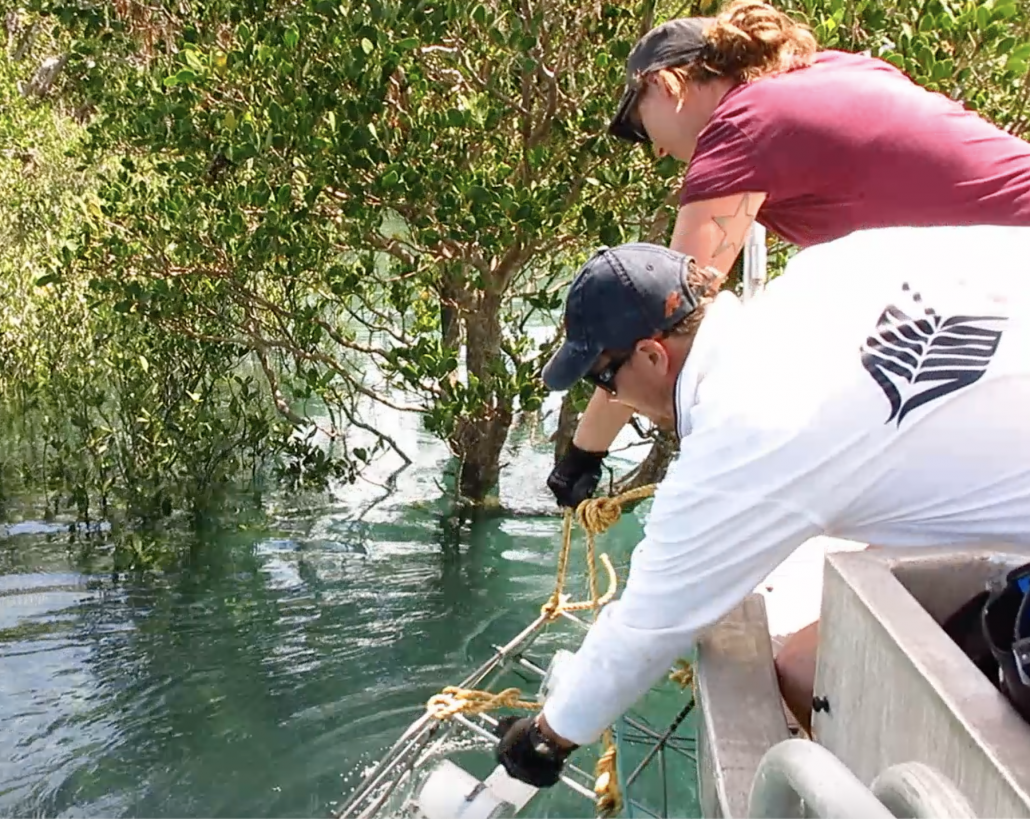WA Marine Scientists Zoom into Schools
Some of the world’s leading marine scientists will share their expertise with WA high school students this term to help Year 12s achieve their best in their final year of study.
Following on from the success of the 2020 Zoom into School series, Western Australian-based researchers from Curtin University, The University of Western Australia (UWA), Murdoch University, Edith Cowan University, the Australian Institute of Marine Science and the Department of Biodiversity, Conservation and Attractions managing Parks and Wildlife research have offered their expertise to students studying marine and maritime subjects.
Led by WA secondary school marine science teachers in partnership with the Western Australian Marine Science Institution (WAMSI), students will have unprecedented access to pitch questions about final year subjects to the top scientists in their field of research.
Coordinator and Sacred Heart College marine science teacher John Ryan described it as: “a terrific opportunity for all Year 12 Marine and Maritime students to learn from the scientists who are at the forefront of research on these subjects.”
Each week, scientists will present on one of the subjects in the high school curriculum followed by a question-and-answer session. The sessions will be recorded and made available online.
Speakers for the 2021 series include:
- (7 May) Phytoplankton from Space: Professor David Antoine, Head of the remote sensing and satellite research group (RSSRG) at Curtin University.
- (14 May) Ecotourism, reasons for rules and the ethical management of human interactions with whale sharks, dolphins and whales: Gemma Francis, Conservation Operations Officer- Whale Sharks (Exmouth region), Parks and Wildlife Service, Department of Biodiversity, Conservation and Attractions.
- (18 June) Types of Marine Pollutants: Associate Professor Kathryn McMahon, School of Science & Centre for Marine Ecosystems Research, Course Coordinator Marine and Freshwater Biology, Edith Cowan University
- (25 June) Artificial Reefs: Dr James Tweedley, Senior lecturer in Animal Biology in the College of Science, Health, Engineering & Education at Murdoch University and Leader of the Fish and Fisheries theme in the Centre for Sustainable Aquatic Ecosystems in the Harry Butler Institute at Murdoch University.
- (30 July) Citizen science. Charlotte Birkmanis, PhD candidate, UWA Marine biologist, Shark scientist.
- (9 August) Characteristics of coral communities: Dr Marji Puotinen, Spatial – Ecological Data Scientist, Australian Institute of Marine Science.
Curtin University Head of Remote Sensing and Satellite Research Group, Professor David Antoine said scientists were happy to be able to help final year students to understand how marine science is helping to solve current world challenges.
“I hope we can help to inspire these students to think outside-the-box and consider the possibilities if they pursue a career in marine science,” Professor Antoine said.
All the presentations will be made available on the WAMSI YouTube Channel HERE.
2021 presentations now online:

